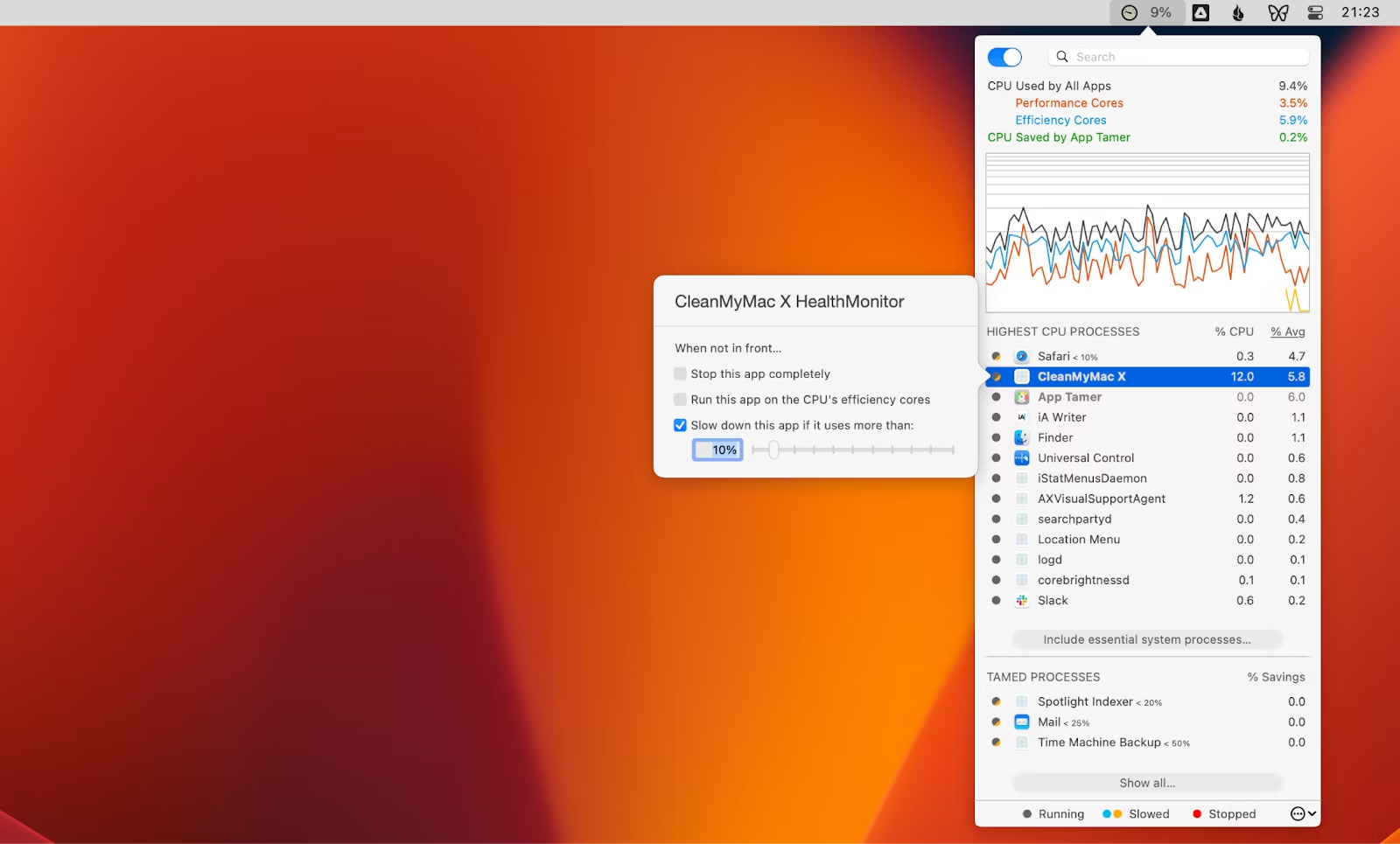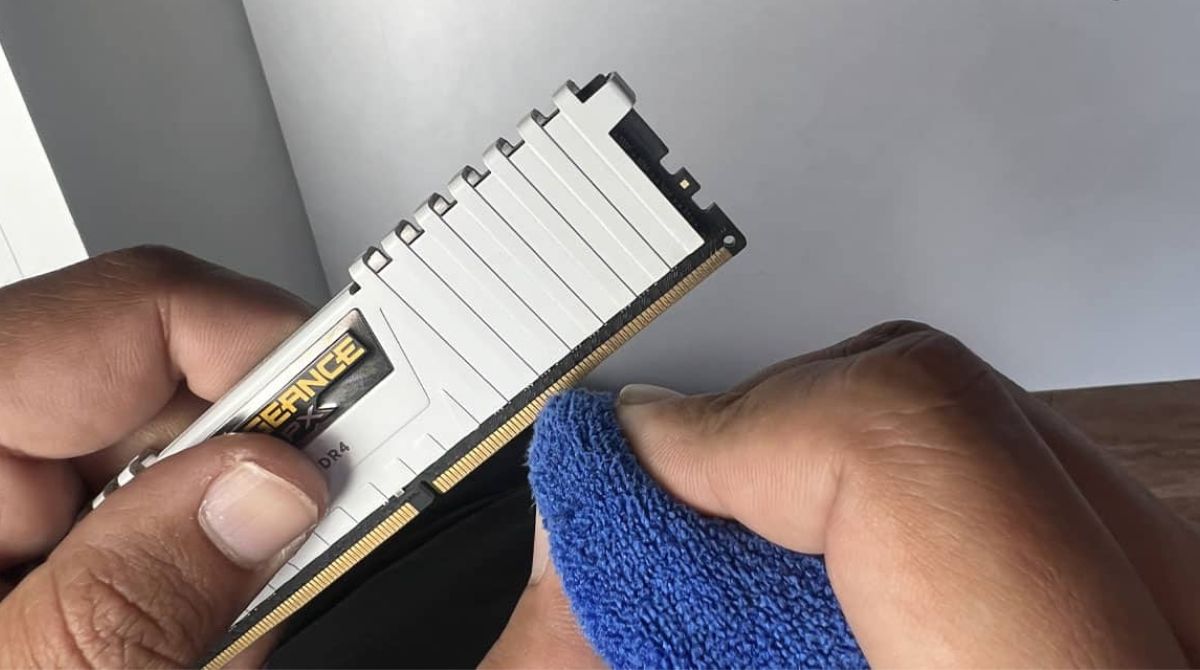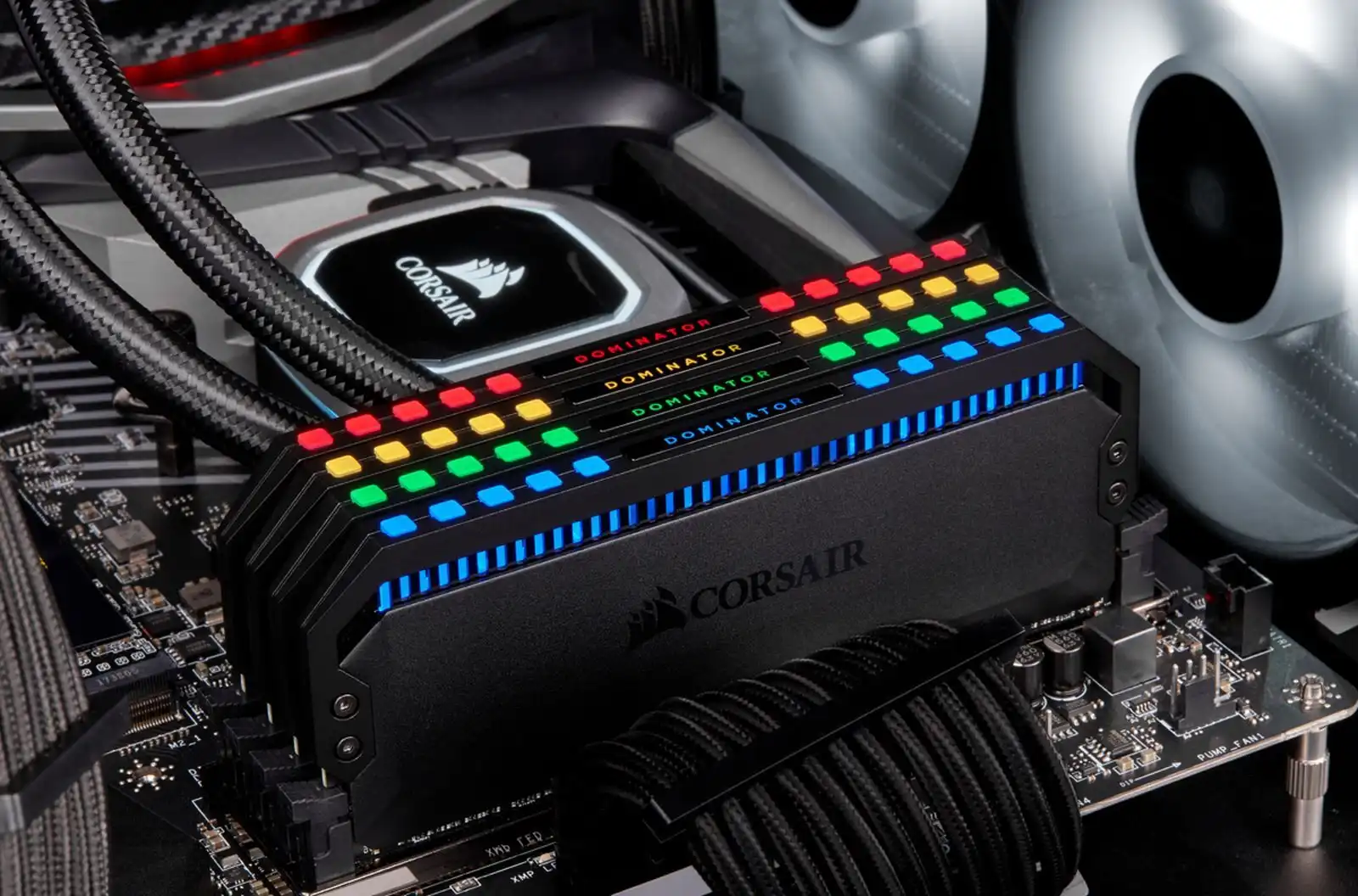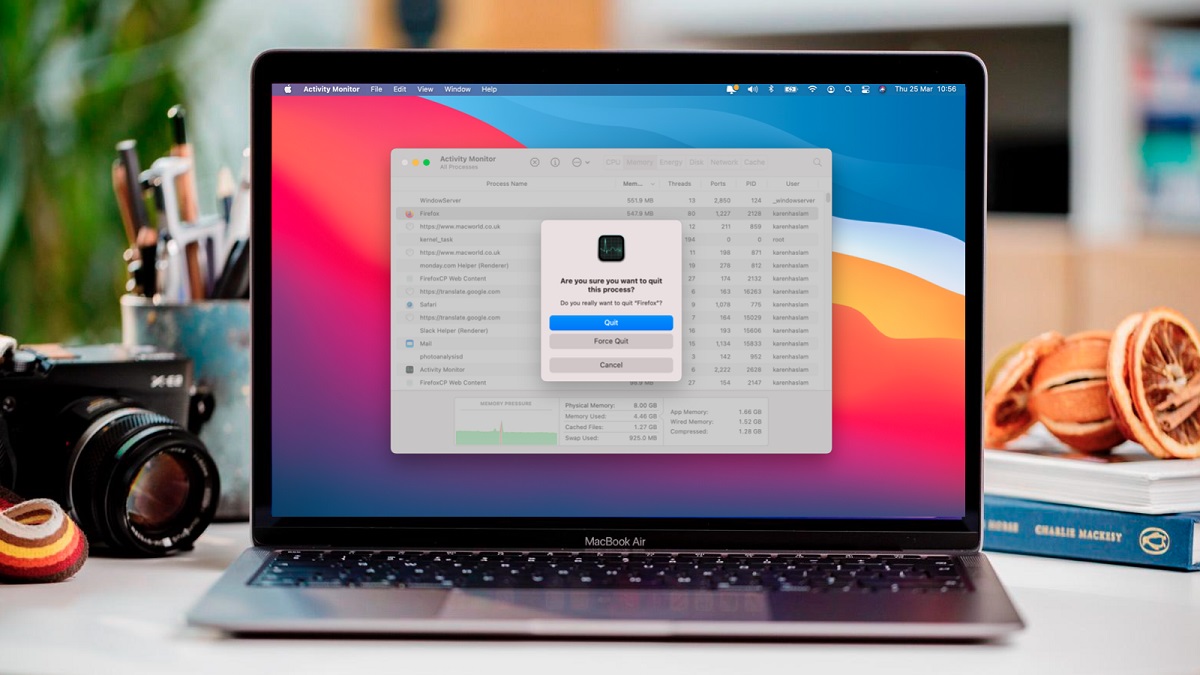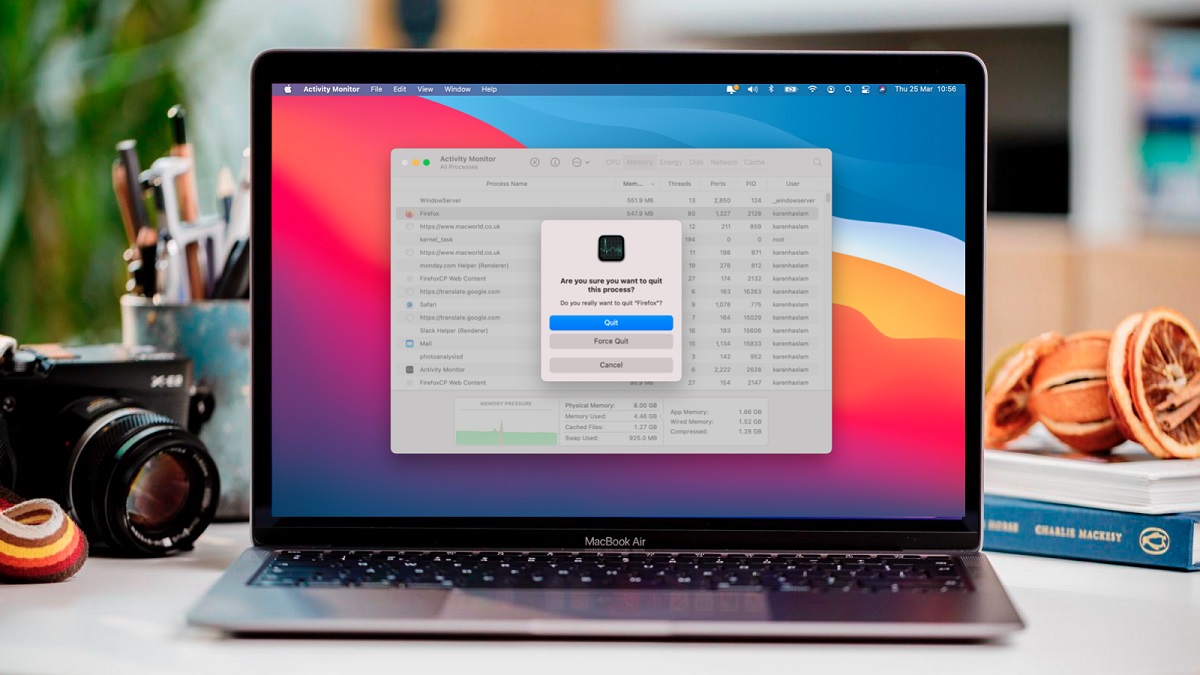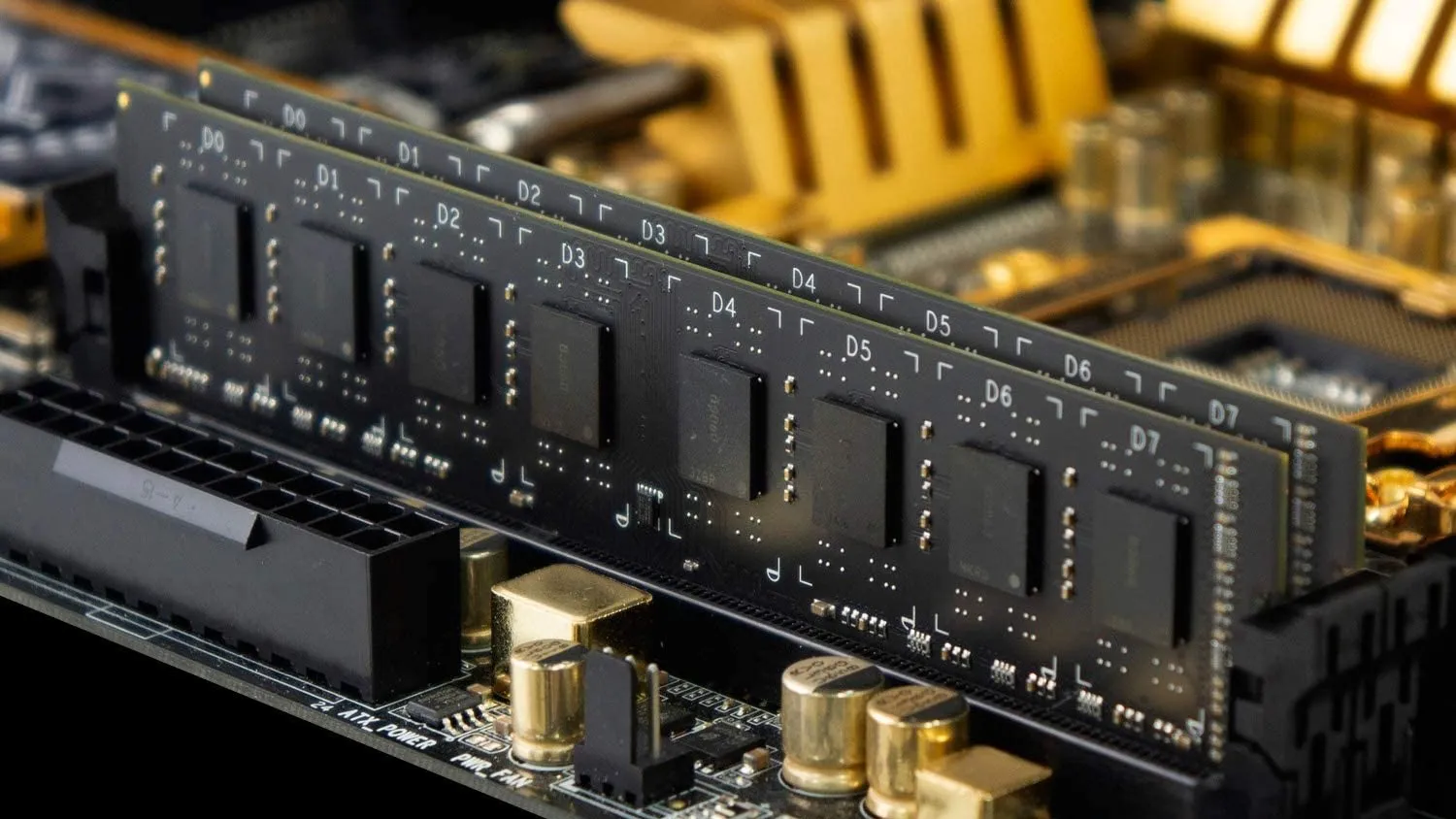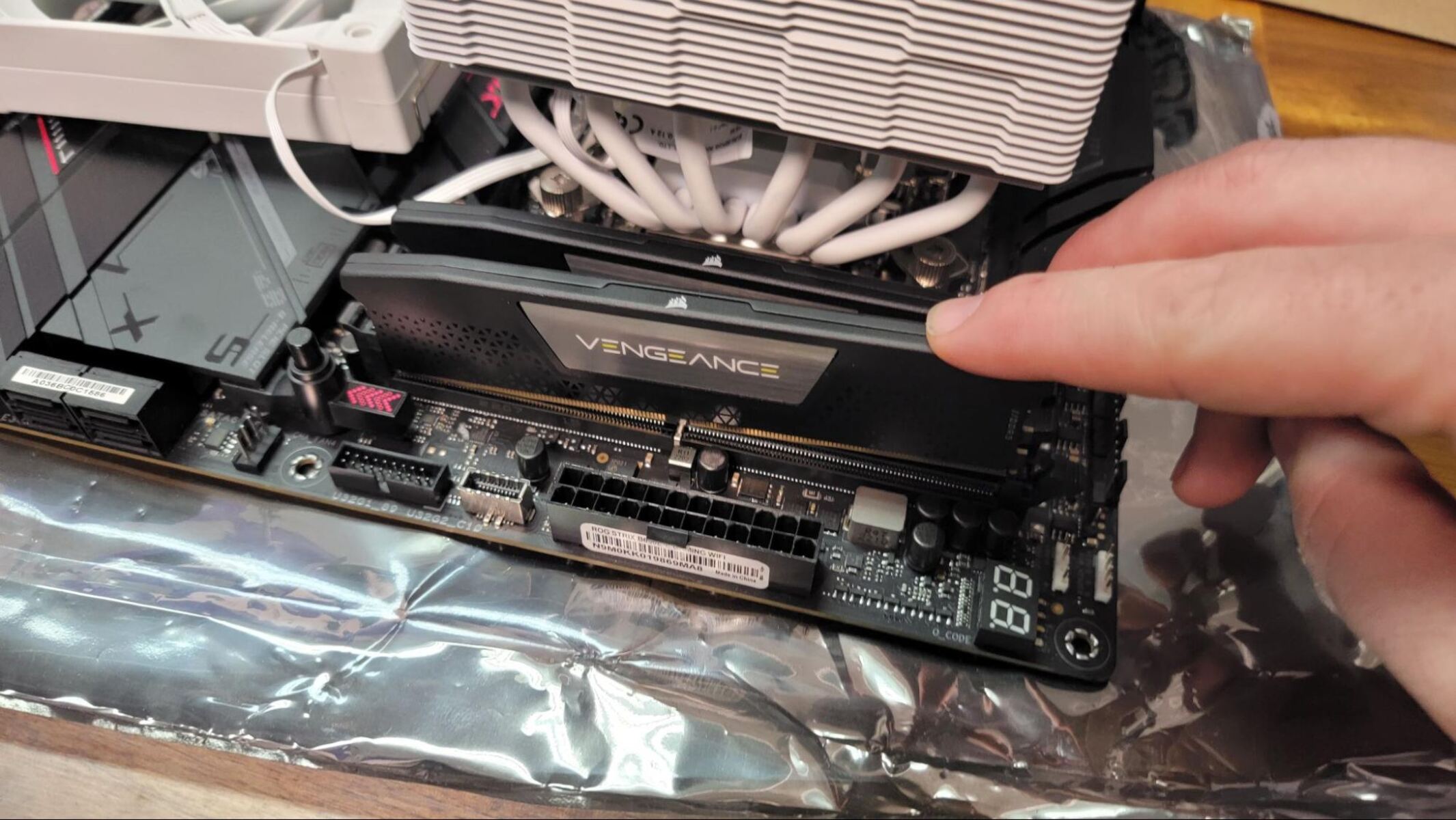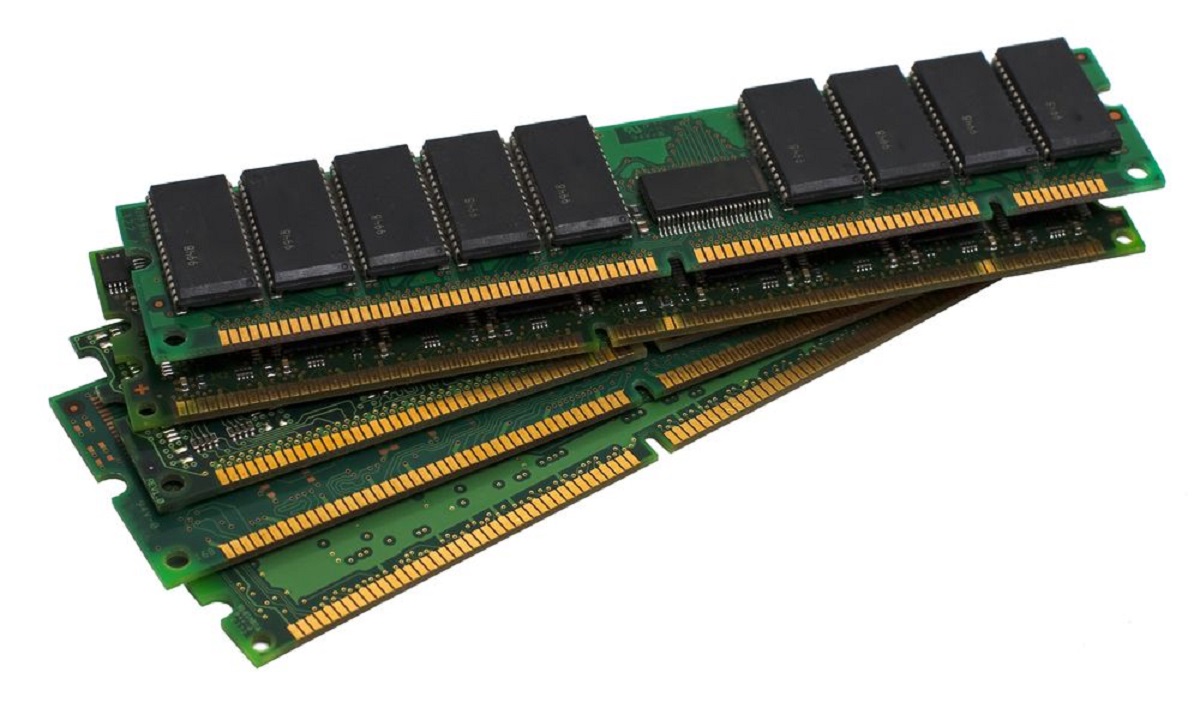Reasons to Restart RAM on Mac
Restarting the RAM on your Mac can be a useful troubleshooting technique to improve its performance and resolve various issues. Here are some of the main reasons why you might want to consider restarting the RAM on your Mac:
- Memory Leaks: Over time, certain applications or processes may consume an excessive amount of memory, resulting in memory leaks. Restarting the RAM can help clear out any accumulated memory leaks, freeing up resources for other tasks and improving overall system performance.
- Unresponsive Applications: If you notice that some applications on your Mac are becoming unresponsive or sluggish, a restart of the RAM can help refresh the memory and resolve any temporary software glitches that may be causing the issue.
- Slow Performance: If your Mac is experiencing slow performance, it could be due to a large number of open applications or background processes that are consuming excessive memory. Restarting the RAM can close these resource-heavy processes and provide a fresh start, boosting your Mac’s speed.
- System Freezes: If your Mac frequently freezes or hangs, restarting the RAM can help resolve this issue. It clears the memory, allowing your Mac to start fresh without any lingering glitches or conflicts that may be causing the system to freeze.
- Cache Management: Restarting the RAM can also help clear out cached data, temporary files, and other remnants of previous system activity. This can improve disk space availability and optimize system performance.
Restarting the RAM on your Mac should be considered as part of regular system maintenance. It can help keep your Mac running smoothly and efficiently by resetting the memory and freeing up valuable system resources. Now, let’s explore some methods you can use to restart the RAM on your Mac.
How to Restart RAM on a Mac
If you’re experiencing performance issues or encountering unresponsive applications on your Mac, restarting the RAM can help alleviate these problems. Here are three methods you can use to restart the RAM on your Mac:
- Method 1: Using Terminal
- Open the Terminal application on your Mac. You can find it in the Utilities folder, which is located in the Applications folder.
- Type the command “
sudo purge” and press Enter. - Enter your admin password when prompted. Note that when you type the password, it won’t be displayed on the screen.
- Wait for the command to complete. This will release any inactive memory and free up system resources.
- Method 2: Using Activity Monitor
- Open the Activity Monitor application on your Mac. You can find it in the Utilities folder, which is located in the Applications folder.
- Click on the “Memory” tab to sort the processes by their memory usage.
- Select the processes that are consuming a large amount of memory and click on the “X” button in the toolbar to force quit those processes.
- Confirm the action by clicking on “Force Quit” in the dialog box that appears.
- Method 3: Shutting Down and Restarting your Mac
- Click on the Apple menu in the top-left corner of the screen.
- Select “Shut Down” from the drop-down menu.
- Wait for your Mac to completely shut down.
- Press the power button to turn your Mac back on.
To restart the RAM using Terminal, follow these steps:
The Activity Monitor is a built-in utility on your Mac that provides detailed information about the processes and resources being used. Here’s how you can use it to restart the RAM:
A simple yet effective way to restart the RAM is by shutting down your Mac and then turning it back on. To do this:
By following these methods, you can easily restart the RAM on your Mac and give your system a fresh start, improving its performance and resolving any memory-related issues you may be facing.
Method 1: Using Terminal
To restart the RAM on your Mac using Terminal, follow these simple steps:
- Open the Terminal application on your Mac. You can find it by going to the “Applications” folder, then the “Utilities” folder, and finally double-clicking on “Terminal”.
- Type the following command in the Terminal window:
sudo purgeand press Enter. - You will be prompted to enter your admin password. Type your password and press Enter. Don’t worry if you don’t see any characters appear on the screen as you type – this is normal.
- Wait for the command to complete. The Terminal will clear your inactive memory and free up system resources.
Once the command has finished executing, your RAM will be restarted. This process will release any inactive memory and provide your Mac with a fresh start.
It’s important to note that using Terminal to restart the RAM should be done with caution. It is recommended to only use this method if you’re experiencing severe performance issues or if other troubleshooting methods have been unsuccessful.
Restarting the RAM using Terminal can help resolve issues such as memory leaks, slow performance, and unresponsive applications. However, it is not a permanent solution, and you may need to perform this process periodically to maintain optimal system performance.
Now that you know one method for restarting the RAM on your Mac, let’s explore another method using the Activity Monitor utility.
Method 2: Using Activity Monitor
If you prefer a more visual approach, you can use the Activity Monitor utility on your Mac to restart the RAM. Here’s how:
- Open the Activity Monitor on your Mac. You can find it in the “Utilities” folder of your “Applications” directory.
- In the Activity Monitor window, click on the “Memory” tab. This will display a list of processes sorted by their memory usage, with the most memory-intensive ones at the top.
- Select any processes that are consuming a significant amount of memory and causing performance issues.
- Click on the “X” button located in the toolbar, or right-click on the selected process and choose “Quit” or “Force Quit”. This will terminate the selected process and free up the associated memory.
- If prompted, confirm the action by clicking on “Force Quit” in the dialog box that appears.
By selectively quitting memory-intensive processes, you can release valuable RAM and improve the performance of your Mac. It’s important to exercise caution when terminating processes, as quitting essential system processes can lead to system instability. Focus on closing non-essential programs or processes that are hogging resources.
Using Activity Monitor provides a more granular approach to restart the RAM on your Mac as you have control over which processes to terminate. This method is particularly useful when you want to address specific applications or processes that are causing sluggishness or consuming excessive memory.
Now that you know an alternative method to restart the RAM using Activity Monitor, let’s explore another approach by shutting down and restarting your Mac.
Method 3: Shutting Down and Restarting your Mac
Another simple yet effective method to restart the RAM on your Mac is by shutting it down completely and then turning it back on. This process can help clear out the memory and give your Mac a fresh start. Follow these steps:
- Click on the Apple menu located in the top-left corner of the screen.
- From the drop-down menu, select “Shut Down”.
- Wait for your Mac to completely power off.
- Once your Mac has shut down, press the power button to turn it back on.
By shutting down and restarting your Mac, you are essentially resetting the RAM and clearing out any temporary files or processes that may be consuming memory. This allows your Mac to start with a clean slate and can often resolve performance issues or unresponsive applications.
It’s a good practice to restart your Mac occasionally to keep the memory and system resources optimized. This simple method can help refresh your Mac’s performance and ensure smooth operation.
Remember, shutting down and restarting your Mac will close all open applications and processes, so make sure to save your work before initiating the restart.
Now that you know another method to restart the RAM on your Mac, let’s explore the benefits of performing this task.
Benefits of Restarting RAM on Mac
Restarting the RAM on your Mac can offer several benefits that contribute to improved performance and overall system stability. Here are some of the key benefits you can experience by restarting the RAM:
- Improved Performance: By restarting the RAM, you can free up memory that may have been consumed by inactive processes or memory leaks. This allows your Mac to allocate more resources to active tasks, resulting in improved speed and responsiveness.
- Resolution of Unresponsive Applications: If you encounter unresponsive or laggy applications on your Mac, restarting the RAM can help resolve these issues. It clears out any temporary software glitches or conflicts that may be causing the application to freeze or slow down.
- Clearing Memory Leaks: Over time, some applications or processes may experience memory leaks, leading to a gradual increase in memory usage. Restarting the RAM can help eradicate these memory leaks, freeing up valuable resources and preventing a degradation in system performance.
- Optimized Resource Allocation: Restarting the RAM allows your Mac to start with a clean slate, optimizing the allocation of system resources. It ensures that only necessary processes and applications are running, reducing memory allocation to inactive or unnecessary tasks.
- Improved System Stability: If your Mac has been experiencing frequent crashes, freezes, or erratic behavior, restarting the RAM can help stabilize the system. It clears out any erratic processes or conflicts that may be causing these issues, providing a fresh start for your Mac.
By regularly restarting the RAM on your Mac, you can maintain optimal system performance and ensure a smooth user experience. It is especially beneficial if you often work with resource-intensive applications, multitask heavily, or notice a decline in your Mac’s overall performance.
Remember, restarting the RAM should be done in conjunction with other maintenance tasks, such as clearing cache, updating software, and managing startup items. This holistic approach will help keep your Mac running efficiently and prevent potential performance issues in the long run.
Now that you understand the benefits of restarting the RAM on your Mac, let’s wrap up with a brief recap.
Conclusion
Restarting the RAM on your Mac can be a valuable troubleshooting technique to resolve performance issues, clear memory leaks, and improve overall system stability. Whether you choose to restart the RAM using Terminal, Activity Monitor, or simply by shutting down and restarting your Mac, each method offers its own advantages.
Using Terminal allows you to quickly release inactive memory and free up system resources with a single command. Activity Monitor provides a visual approach where you can selectively quit memory-intensive processes, addressing specific application-related issues. Lastly, shutting down and restarting your Mac provides a clean slate for your RAM, benefiting overall performance and system stability.
By restarting the RAM, you can experience several benefits, such as improved performance, resolution of unresponsive applications, and optimized resource allocation. It helps clear memory leaks, enhances system stability, and ensures a smooth user experience on your Mac.
However, keep in mind that restarting the RAM is just one aspect of regular system maintenance. It’s important to also perform other tasks like clearing cache, managing startup items, and updating software to keep your Mac running efficiently.
Incorporating the practice of restarting the RAM into your regular maintenance routine will help ensure that your Mac operates at its best. It enables you to maximize performance, resolve performance issues, and maintain system stability.
Now, armed with this knowledge, you can confidently tackle any performance issues on your Mac by restarting the RAM and taking advantage of its numerous benefits.









